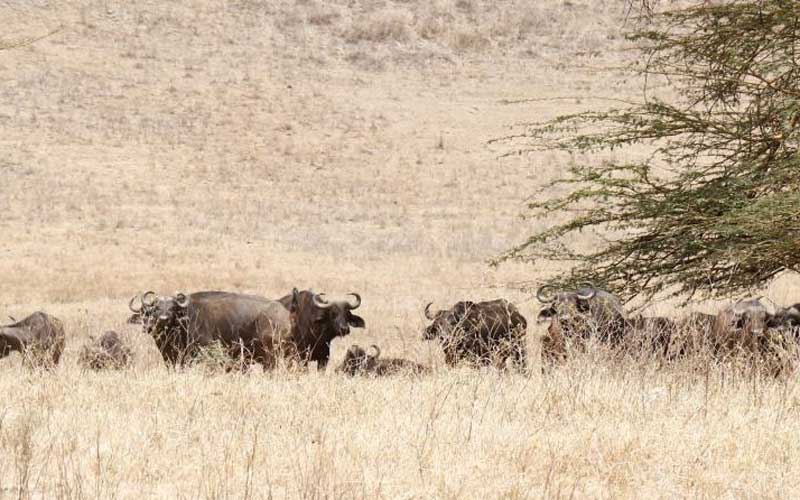×
The Standard e-Paper
Truth Without Fear

The State may have ignored recommendation on anthrax outbreaks at Lake Nakuru National Park, exposing animals and humans to grave danger.
The disease has killed 14 buffaloes with unconfirmed reports indicating one human infection in Elburgon, Nakuru County.